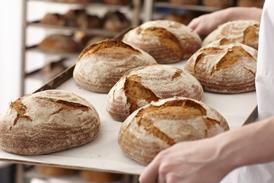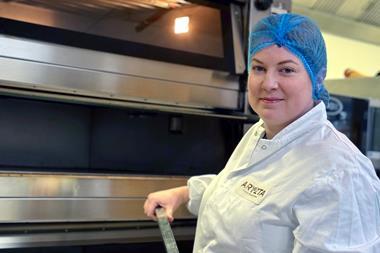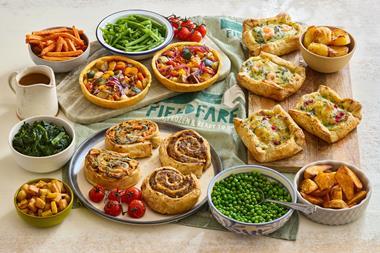This year’s harvest is set to become the biggest wheat yield on record, it has been revealed.
A survey by the National Farmers’ Union (NFU) has shown a 6% yield rise year-on-year from 8.6 to 9.1 tonnes per hectare. With a reported decrease in area planted this year, UK total wheat production is estimated at 16.68 million tonnes for 2015, beating last year’s figure of 16.61 million tonnes.
Meanwhile, a separate survey has reported the quality of the wheat is above benchmark levels, but specific weight and protein content have declined.
Commenting on the record yields, Mike Hambly, NFU combinable crops board chairman, said: “It is great news to see the nation has had such a successful harvest for wheat. However, in a global context we have seen a sequence of good harvests, and grain stocks are currently comfortable.
“Cereal prices are global and, like most commodities, are currently low. For example, we’ve already seen prices taking a 30% tumble over the past two years - similar to our friends in the dairy sector - and costs of production staying put.”
Despite the record yield, 2015 total wheat production figure is below the record level in 2008 when 17.23 million tonnes of wheat was produced and also that of 2000 when 16.70 million tonnes of wheat was produced.
Benchmark
The second provisional results of AHDB Cereals & Oilseeds’ Cereal Quality Survey also showed that the average Hagberg Falling Number for GB wheat is still above the benchmark 250s level, although slightly lower than the initial provisional results.
Above-average rainfall from mid-August had led to concerns that the Hagberg might fall considerably.
However, the latest survey results have shown that the decline in the average Hagberg Falling Number, from 312s in September to 293s, has been no greater than usual. The AHDB said the second provisional results were based on 50,896 wheat samples analysed up to 30 September.
It added that the average GB specific weight and protein content have also declined compared with the first provisional results published in September but remain above 2014’s final results and the previous three year average (excluding 2012).
Anna Lockwood, AHDB Cereals & Oilseeds analyst, said: “Generally, GB wheat quality has improved compared with last year, despite fears that weather conditions during the second part of harvest could have reduced quality. We have seen a fall in Hagbergs compared with initial results in September, but this is no greater than declines seen in previous years as a higher number of Group 3 and 4 samples are now included.
“Overall, the proportion of samples meeting high-quality milling wheat specification is more than two-and-a-half times greater compared with last year. However, there is still potential for things to change as more samples are analysed.
































No comments yet